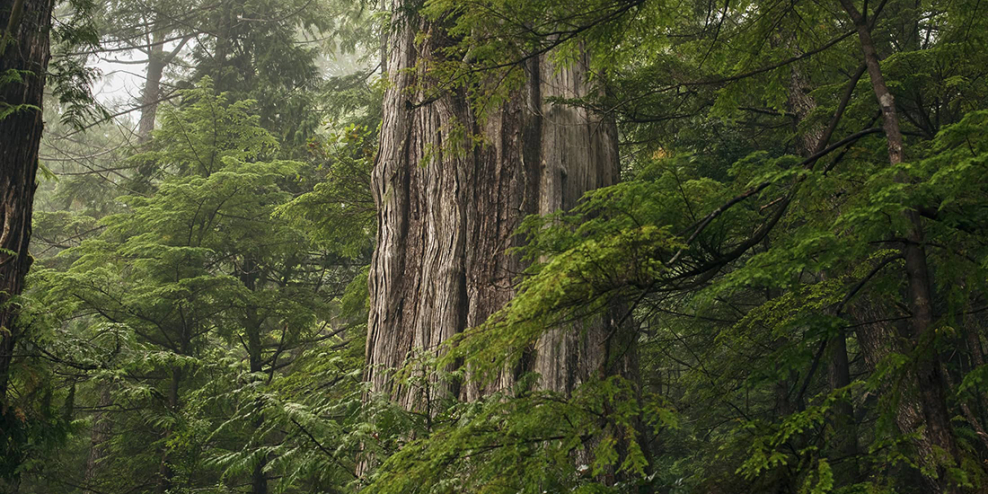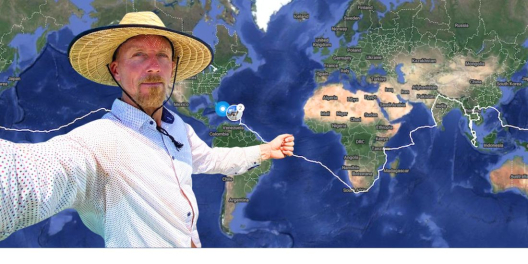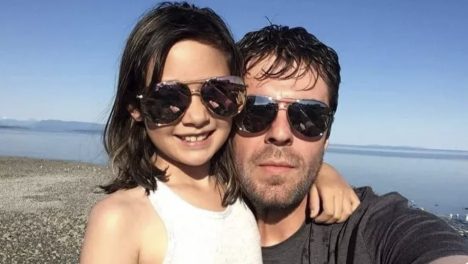“Indigenous peoples have the right to the lands, territories and resources which they have traditionally owned, occupied or otherwise used or acquired.”
At least, that’s what it says in the United Nations Declaration of Rights for Indigenous Peoples (UNDRIP). The provincial government very publicly adopted UNDRIP in 2019. They even passed a law enshrining UNDRIP in BC law.
But now, the provincial government is in a historic Supreme Court battle with the Nuchatlaht Nation. The BC government denies that the Nuchatlaht has land rights over Nootka Island and parts of Nootka Sound. Instead, they claim those lands belong to the province as part of a deal signed by the British in 1846.
The government doesn’t think the Nuchatlaht have rights over the land because their claim was never written down on paper. Nuchatlaht history has been passed down through oral stories.
But in a way, Nuchatlaht wrote their history in the trees.
Traditionally, the Nuchatlaht were totally connected with the cedar trees where they lived. Folks used the bark, wood, and branches for countless aspects of everyday life. This resulted in “culturally modified trees.” The trees are still living, but there are signs that parts of the trees have been removed. And there are patterns in the signs.
To prove that their ancestors lived in the Nootka area, today’s Nuchatlaht are drawing on a past told through Nootka Sound’s old-growth forest.
These trees were cut into by Indigenous people using traditional harvesting practices. Those trees still bear the marks today.
So far, they’ve found 8,400 trees that show these marks. Archaeologists helping with the case say there are likely countless more that are still living or have been logged.
The BC government still argues that the Nuchatlaht peoples didn’t live in the area. In their official court documents, the provincial government says they “abandoned” the land and were “displaced from areas outside the claim area by other Indigenous peoples.”
In the court case, the Nuchatlaht have to show they’ve lived in the area since at least 1846 and have lived there for the whole 176 years.
That’s where the thousands of culturally modified trees come in. More than a dozen burial sites have also been found, many of them in caves that showed other signs of life.
The trial could create a domino effect when it comes to Indigenous governance. It could also boost the “Land Back” movement.
This case could be a step towards genuine reconciliation with Indigenous peoples in Canada.









